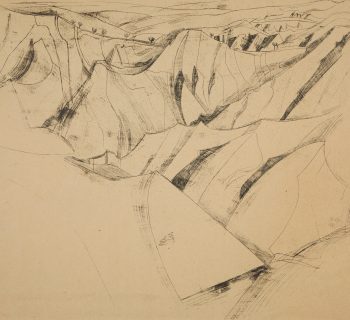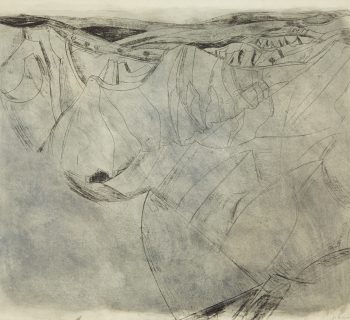
A draft of Barns-Graham's application for her Italian travel scholarship, WBG/5/1/81

Awash in colour

April 7 Templi Hercules, 1955, pencil and wash on paper, BGT1673

Monte Olivetti, Tuscany, 1954, pencil and tempera on paper, BGT1083

Assisi, 1955, pencil and wash on paper, BGT1553

Torcello, 1954, pencil and wash on paper, BGT6210
Chiusure: Day to Night

Tuesday 7am 6th July, 1954, mixed media on paper, BGT1678

Chiusure (Shadows), 1954, offset on paper, BGT6014

Chiusure, Clay Cliffs Grey, 1954, offset and wash on paper, BGT6015

Clay Country, oil on hardboard, 1954, BGT304

Chiusure Night, 1954, oil on hardboard, BGT288
Exhibition cards for Barns-Graham's Italian Drawing shows at Downing's Bookshop and The Scottish Gallery, WBG/3/7/1/7 and WBG/3/32/1/2



